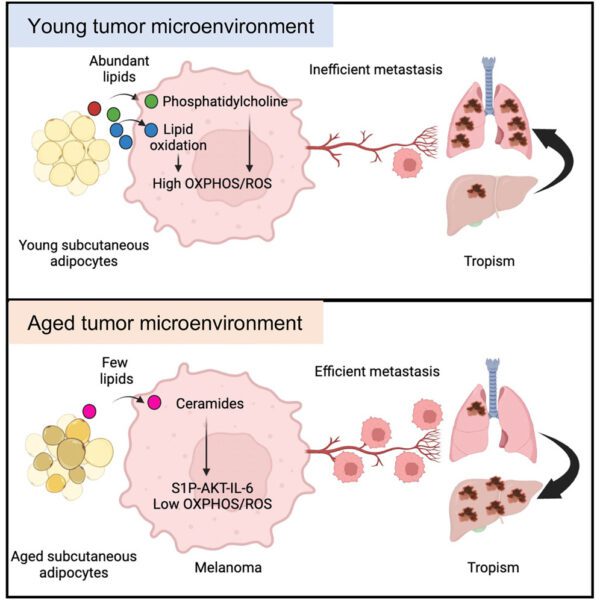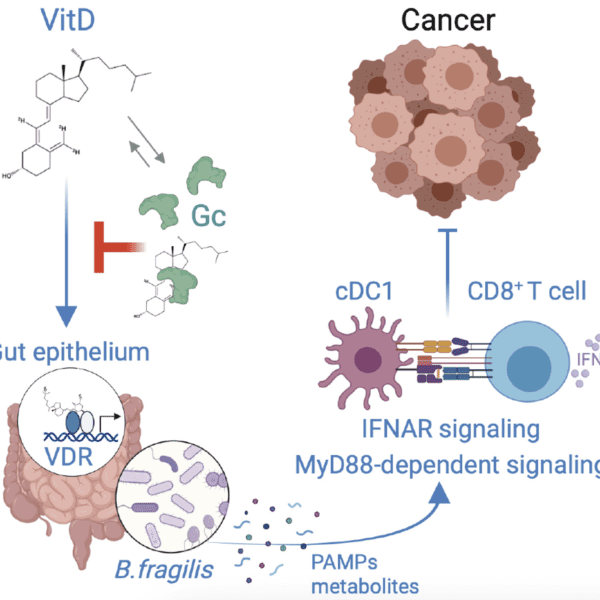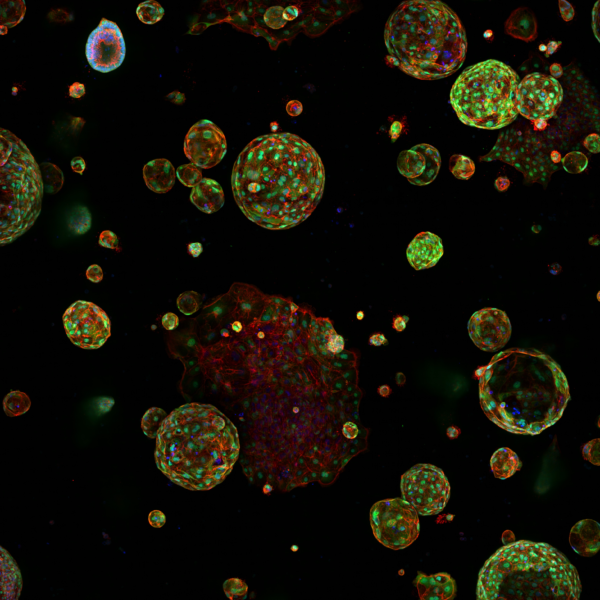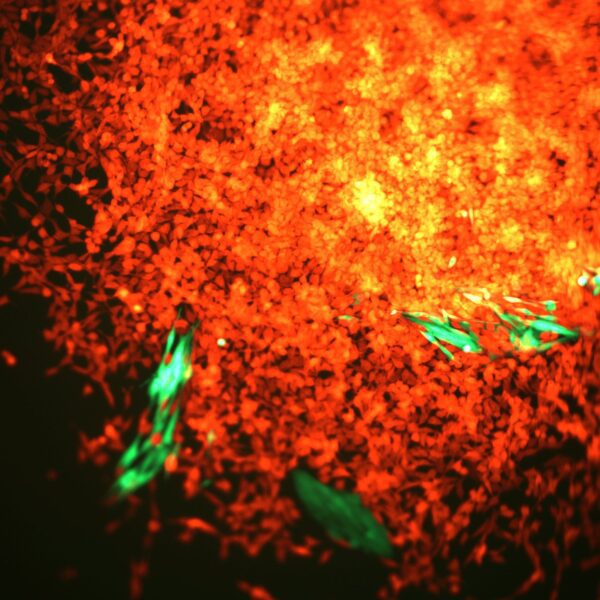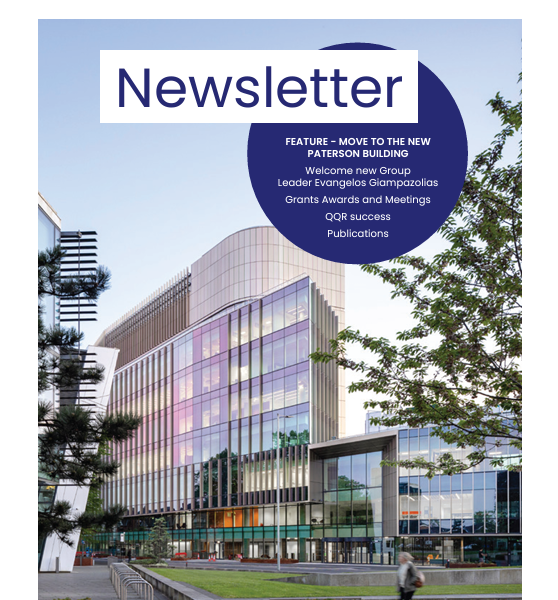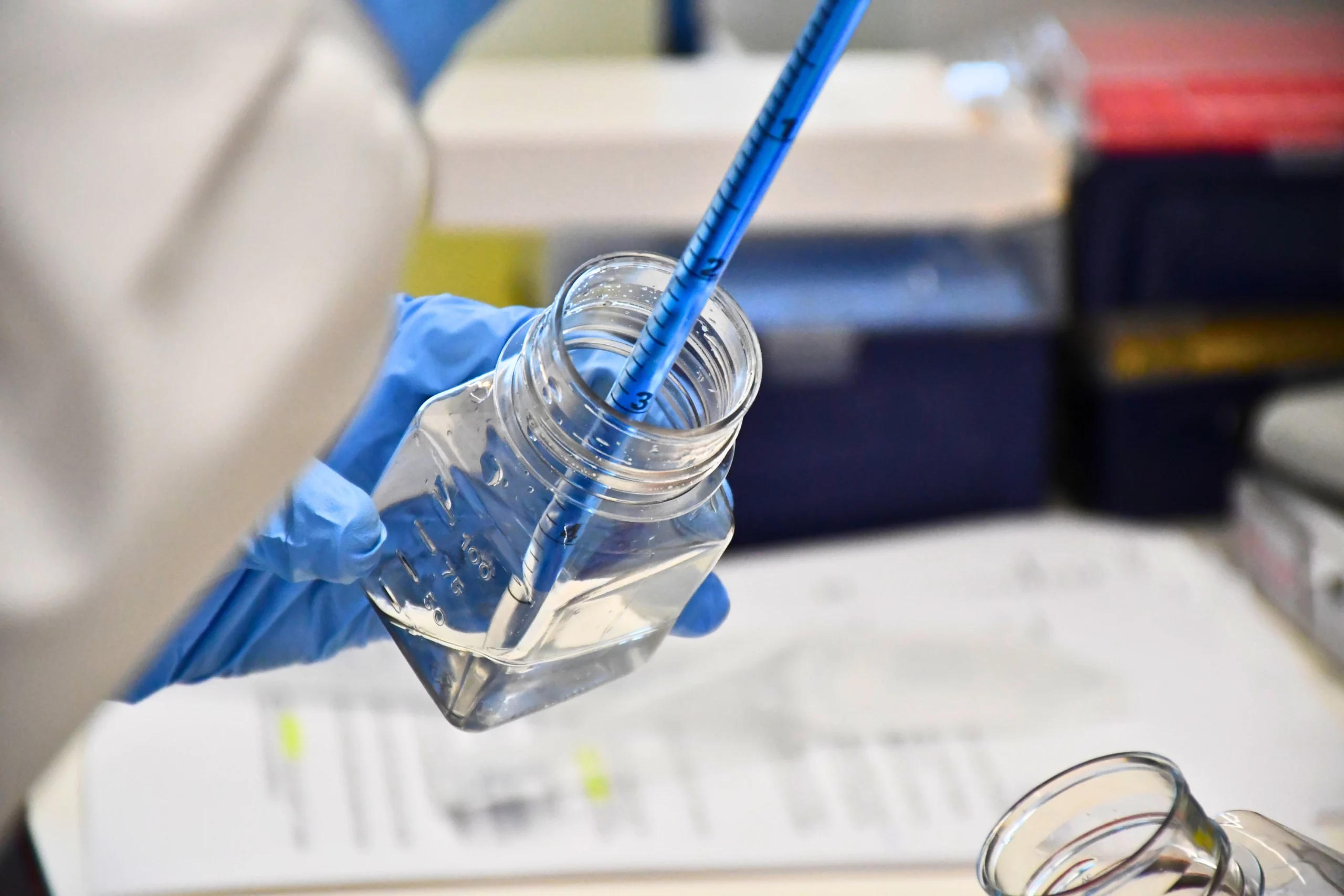Article highlights & insights
TET2 is among the most commonly mutated genes in both clonal hematopoiesis and myeloid malignancies; thus, the ability to identify selective dependencies in TET2-deficient cells has broad translational significance. Here, Loke et al identify regulators of Tet2 knockout (KO) hematopoietic stem and progenitor cell (HSPC) expansion using an in vivo CRISPR-Cas9 KO screen, in which nucleotide barcoding enabled large-scale clonal tracing of Tet2-deficient HSPCs in a physiologic setting.
The authors’ screen identified candidate genes, including Ncoa4, that are selectively required for Tet2 KO clonal outgrowth compared with wild type. Ncoa4 targets ferritin for lysosomal degradation (ferritinophagy), maintaining intracellular iron homeostasis by releasing labile iron in response to cellular demands. In Tet2-deficient HSPCs, increased mitochondrial adenosine triphosphate production correlates with increased cellular iron requirements and, in turn, promotes Ncoa4-dependent ferritinophagy. Restricting iron availability reduces Tet2 KO stem cell numbers, revealing a dependency in TET2-mutated myeloid neoplasms.
TET2 is among the most commonly mutated genes in both clonal hematopoiesis and myeloid malignancies; thus, the ability to identify selective dependencies in TET2-deficient cells has broad translational significance. Here, Loke et al identify regulators of Tet2 knockout (KO) hematopoietic stem and progenitor cell (HSPC) expansion using an in vivo CRISPR-Cas9 KO screen, in which nucleotide barcoding enabled large-scale clonal tracing of Tet2-deficient HSPCs in a physiologic setting.
The authors’ screen identified candidate genes, including Ncoa4, that are selectively required for Tet2 KO clonal outgrowth compared with wild type. Ncoa4 targets ferritin for lysosomal degradation (ferritinophagy), maintaining intracellular iron homeostasis by releasing labile iron in response to cellular demands. In Tet2-deficient HSPCs, increased mitochondrial adenosine triphosphate production correlates with increased cellular iron requirements and, in turn, promotes Ncoa4-dependent ferritinophagy. Restricting iron availability reduces Tet2 KO stem cell numbers, revealing a dependency in TET2-mutated myeloid neoplasms.
Institute Authors
Groups
Group leader
Research topics & keywords
Our Research
Our research spans the whole spectrum of cancer research from cell biology through to translational and clinical studies
Research Groups
Our research groups study many fundamental questions of cancer biology and treatment
Our Facilities
The Institute has outstanding core facilities that offer cutting edge instruments and tailored services from expert staff
Latest News & Updates
Find out all our latest news
